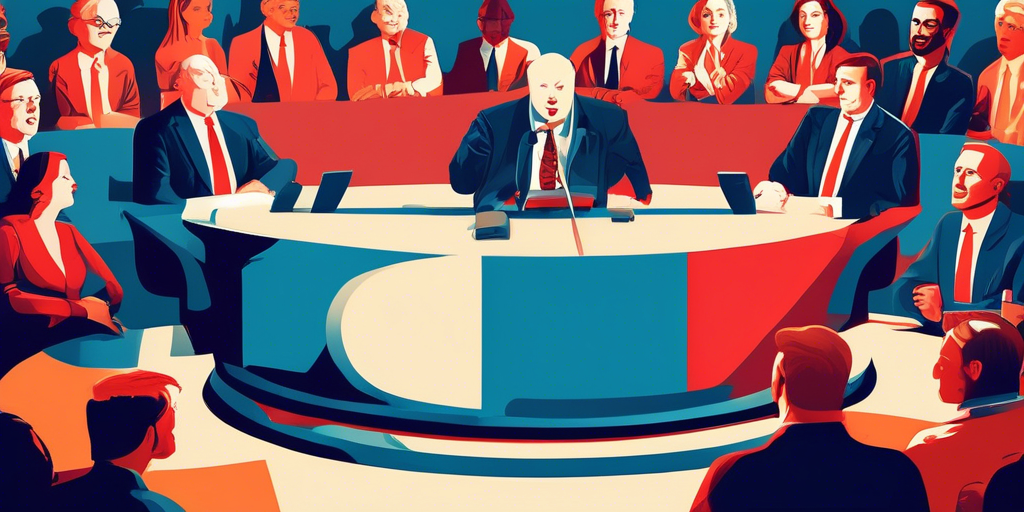The recent confrontation titled “1 Progressive vs 20 Far-Right Conservatives (ft. M)” has sparked intense discussions across various platforms. This event pits a progressive voice against twenty conservative opponents, highlighting the stark ideological divides present in today’s political landscape. The debate format has drawn significant attention, as many are curious about how one progressive can stand against so many far-right conservatives.
This unique setup raises questions about representation and the effectiveness of dialogue in politics. Can one progressive effectively articulate their views amidst such overwhelming opposition? Or does this format merely serve to amplify the voices of the conservatives, overshadowing the progressive perspective?
🎯 Understanding the Debate Format
The format of “1 Progressive vs 20 Far-Right Conservatives” is not just about numbers. It reflects a broader societal issue where minority voices often struggle to be heard. Such events can serve as a double-edged sword, potentially illuminating crucial topics or drowning them in cacophony.
Critics argue that this setup favors the conservatives, allowing them to dominate the conversation. Proponents, however, believe it challenges the progressive to develop robust arguments against overwhelming opposition.
📊 Key Issues Discussed
During the debate, several key issues emerged, including healthcare, climate change, and economic inequality. The progressive representative focused on advocating for universal healthcare and more stringent environmental regulations.
In contrast, the conservative panel often leaned on traditional values and fiscal responsibility. This divergence in priorities highlights the challenges of reaching a consensus in today’s highly polarized environment.
💡 The Impact of Media Coverage
Media coverage of such debates plays a critical role in shaping public perception. Coverage often emphasizes the more dramatic exchanges, which can skew the public’s understanding of the issues at hand.
Social media platforms amplify these narratives, sometimes prioritizing sensationalism over substance. Understanding the media’s role is crucial for viewers seeking a balanced perspective on the debate’s outcomes.
🔍 Analyzing Public Response
Public reaction to “1 Progressive vs 20 Far-Right Conservatives” has been mixed. Many viewers praised the progressive’s courage in facing such overwhelming opposition. Others criticized the debate format, arguing it diminishes the quality of discourse.
This event has sparked renewed discussions on how debates should be structured to ensure fair representation of diverse viewpoints.
In conclusion, the “1 Progressive vs 20 Far-Right Conservatives (ft. M)” debate serves as a microcosm of the broader political landscape. It highlights the challenges of effective communication in a divided society. As discussions about representation and dialogue continue, sharing insights from this debate can foster meaningful conversations.
Don’t forget to share this article with friends to keep the dialogue going!
